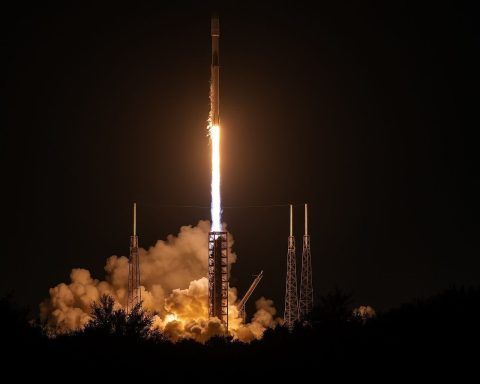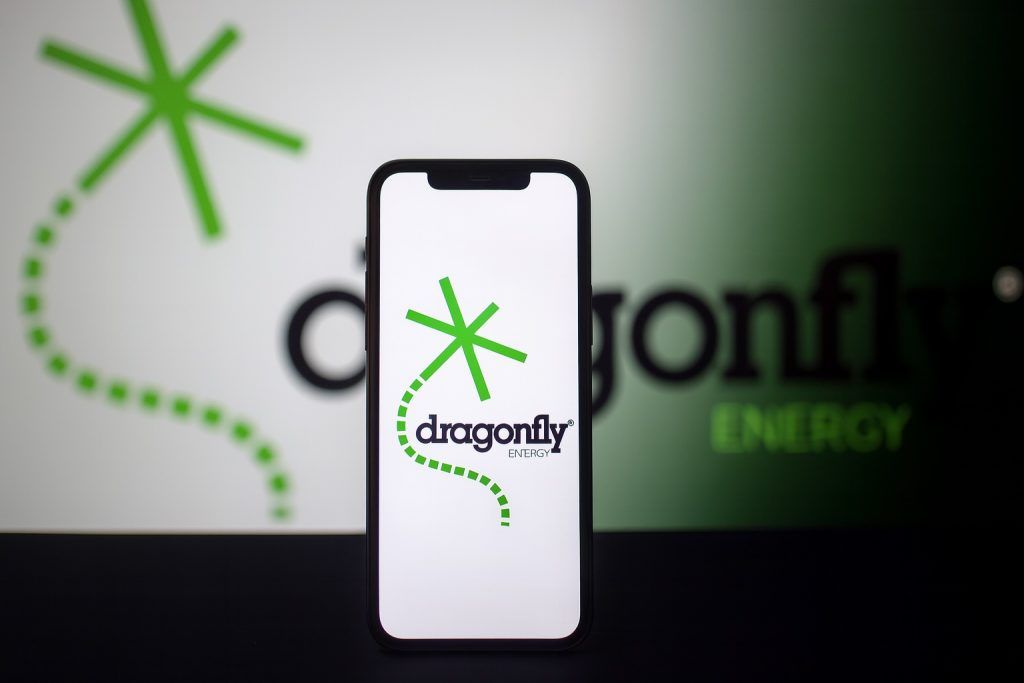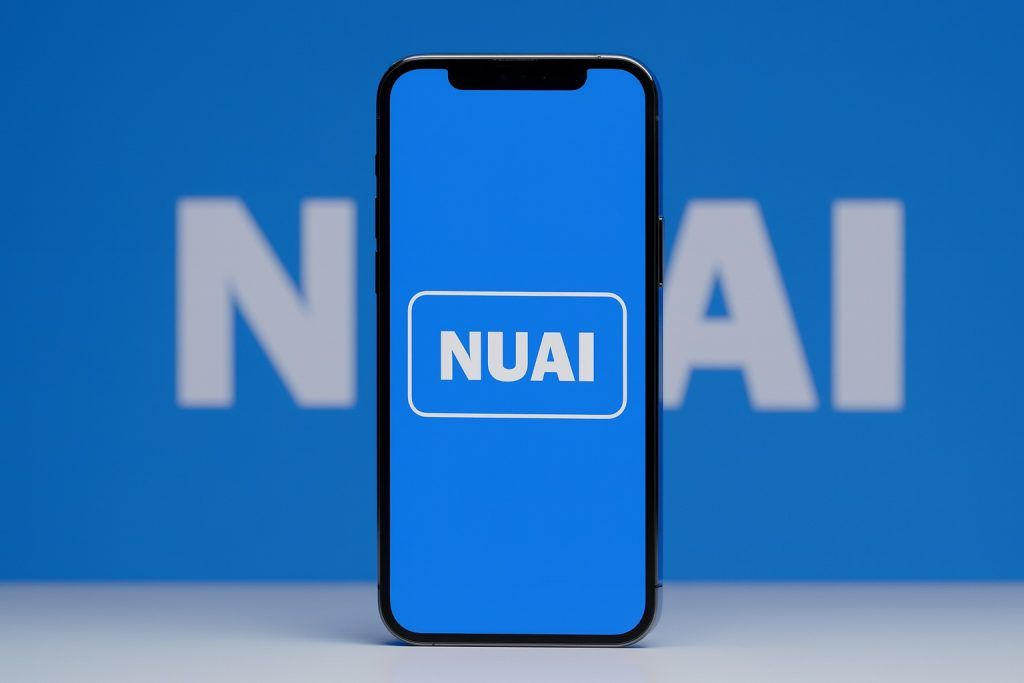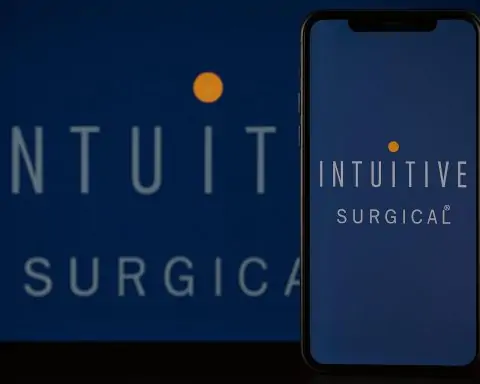- Key price/action: ABT shares closed around $128 on Oct. 15, 2025, down roughly 3.5% for the day [1]. The stock traded in the $128–133 range through mid‐October; Monday’s close was $131.38 and Tuesday $133.27 [2]. For the week (Oct 13–15) ABT is down ~2%, and October-to-date down ~3–4% (from ~$133.5 on Oct 1 to ~$128.8 on Oct 15) [3] [4]. Year-to-date ABT has gained about 17.8%, ahead of the broader S&P500’s ~13% rise [5].
- Q3 2025 results: Abbott reported $11.37 billion in revenue for Q3, up 6.9% year-over-year, versus analysts’ $11.40B estimate [6]. Adjusted EPS was $1.30, matching forecasts. Organic sales (ex-FX and COVID test sales) grew ~5.5% (7.5% excl. COVID testing) [7]. Abbott reaffirmed full-year guidance, tightening its EPS outlook to $5.12–$5.18 and maintaining 7.5%–8.0% organic sales growth [8].
- Business mix: The Medical Devices segment saw strong growth (notably diabetes care and electrophysiology) [9], driving double-digit organic gains in several subsegments. In contrast, Diagnostics (COVID-19 and diabetes tests) fell 6.6% to $2.25B, missing estimates [10]. Nutrition and pharma were modestly positive. Abbott noted that CGM (glucose monitor) sales remain robust (Libre CGM organic +17%), helping the diabetes franchise [11].
- Market reaction: Investors reacted cautiously. On the Oct.15 open, ABT traded ~3% lower after hours [12]. Trading indicators show ABT sells off after in-line results, reflecting fears over tariffs and test demand. Analysts are mixed – consensus is roughly a Hold (average rating ~2.06 out of 5) but with modest upside: the median 12-month price target is about $143.50 (∼7–10% above current levels) [13]. (For context, top analysts’ targets range from about $140 to $157 [14].)
- Catalysts & outlook: Company executives and analysts point to Abbott’s pipeline and recurring revenues. CEO Robert Ford emphasized the “consistent, high-quality performance” of Abbott’s core businesses [15]. Key near-term drivers include expanded use of the FreeStyle Libre glucose monitor and heart-valve devices. Abbott recently won Japan approval for TriClip (a novel tricuspid valve implant) and a CE mark for its Navitor TAVI system (aortic valve implant) [16], and new ESC guidelines now favor these devices. These advances underpin a bullish long-term view.
- Risks & forecast: Headwinds persist from declining COVID-test sales and potential U.S. tariffs on medical devices. In July Abbott warned of over $1 billion in 2025 headwinds (about $700M from falling tests plus ~$200M from tariffs) [17] [18]. Management now sees tariffs as a smaller drag than feared. Short-term, analysts note ABT’s stock trades at ~25x forward earnings (roughly in line with industry) with a ~1.8% dividend yield [19]. Longer-term, consensus calls for continued mid-single-digit sales growth and low-double-digit EPS growth, driven by new product rollouts and steady Medicare/insurance volumes.
Price and Performance
Abbott’s stock has been trading in a tight range around $128–$133 in mid-October 2025. On Oct 15, the price was about $128 – down 3.5% intraday [20]. Over the past few trading days ABT fell from $131.38 (Oct 13 close) and $133.27 (Oct 14) to $128.77 [21]. In context, ABT’s YTD gain is roughly 18%, outpacing the broad market. (By comparison, the S&P 500 is up ~13% YTD [22].) The stock’s forward P/E is about 24–25 (slightly lower than a few months ago) [23], suggesting analysts see modest growth ahead.
Q3 Results and Guidance
Abbott’s Q3 earnings (ended Sept. 30) were essentially in line with expectations. Revenue of $11.37 billion beat last year’s $10.64B (a 6.9% increase) but came just under the $11.40B analyst consensus [24]. On an organic basis (adjusting out COVID-test sales and forex), sales grew 5.5% (or 7.5% excluding all COVID testing) [25]. GAAP EPS was $0.94; adjusted EPS was $1.30, exactly matching Wall Street’s $1.30 estimate.
Management reiterated its 2025 outlook. Abbott reaffirmed full-year guidance, keeping the mid-point of its previous EPS range intact and narrowing the range to $5.12–$5.18 [26]. This implies robust double-digit growth versus last year’s ~$4.70. The company also maintained its target for 7.5%–8.0% organic sales growth (ex-tests) for 2025 [27]. CEO Robert Ford commented that the quarter showed “consistent, high-quality performance” and that Abbott’s pipeline will deliver “durable long-term value” [28] [29].
Segment breakdown was mixed. Medical Devices (cardiovascular, neuromodulation, diabetes equipment, etc.) was a standout, with double-digit growth across multiple lines [30]. For instance, devices like continuous glucose monitors (Libre CGM) grew ~20% (reported) on strong demand [31] [32]. However, Diagnostics (COVID-19 tests and lab devices) saw a decline. Q3 diagnostics revenue was $2.25B, down 6.6% and below consensus $2.29B [33]. Likewise, Nutrition’s sales grew modestly (driven by Ensure/Glucerna) while Established Pharma showed mid-single-digit growth in key markets.
Market Reaction and Analyst Take
Investors reacted tepidly to the results. In early trading on Oct. 15, ABT dipped by 2–3% [34] [35] as traders noted the slight revenue shortfall and ongoing uncertainties (tariffs, COVID-test decline). By midday the share price was around $128, and it closed near that level. This pullback followed a recent run-up: ABT was trading near $135 just a week earlier (Oct 7–10) before the profit-taking.
Analyst commentary has been cautiously optimistic. Refinitiv/Reuters notes the median 12-month price target on ABT is about $143.56, roughly 7–10% above last week’s close [36]. Consensus analyst ratings are split between Buy and Hold; none have outright sell ratings on ABT. For example, Mizuho recently kept a Neutral (Hold) rating while raising its target to $140 [37], and Evercore ISI kept an Outperform rating with a $144 target [38]. Zacks Research, after the Q3 news, currently assigns Abbott a cautious ranking, expecting the shares to underperform in the near term [39].
On valuation, ABT’s forward P/E (~25×) and dividend yield (~1.8%) are roughly in line with peers like Medtronic (MDT) and Boston Scientific (BSX). Abbott’s return on equity remains high (~18%), reflecting steady profitability [40]. Given the mixed results, many analysts are watching the company’s next moves on tariffs and cost pressures: in July Abbott warned that China procurement and U.S. tariffs could impose ~$1+ billion in headwinds on 2025 earnings [41] [42].
Business Developments and Outlook
Beyond the quarterly numbers, Abbott has had several strategic highlights recently that investors are watching:
- Cardiovascular devices: Abbott is expanding its heart-valve franchise. In July 2025 it won regulatory approval in Japan for TriClip®, a minimally invasive device for tricuspid-valve repair [43]. In August, Abbott received CE marking in Europe to broaden indications for Navitor® (its transcatheter aortic valve) [44]. New European Society of Cardiology guidelines (Sept. 2025) also bolster use of Abbott’s MitraClip and TriClip technologies. These advances support long-term growth in Abbott’s structural heart business.
- Diabetes/CGM: The FreeStyle Libre continuous glucose monitor remains a strong growth driver. Libre sales grew ~20% in Q3 (to about $2.0B) [45]. Abbott expects partnerships (e.g. with insulin pump makers) and new Libre models to sustain high single-digit to double-digit growth in this segment.
- Clinical nutrition: Ensure and pediatric formulas saw continued demand in Q3, with low-single-digit organic growth. Any broadening of global food-nutrition programs could aid this unit, but it remains a relatively slower-growth part of the business.
- Pipeline and R&D: Abbott continues investing in medtech and diagnostics R&D. It plans new manufacturing lines (e.g. a Georgia plant by 2028 for heart devices) and has broader collaborations (e.g. with universities on diagnostics tech).
Forecasts and Risks
Short-term, Wall Street is focusing on cost pressures and the U.S. political climate. Abbott said it does not expect to raise prices significantly to offset tariff costs, so margins could tighten if tariffs materialize. (Notably, Johnson & Johnson and others have also reduced their tariff cost outlooks recently.) The Trump administration’s foreign aid freeze for disease programs has already cut about $800M from Abbott’s guidance [46].
Analysts’ forecasts for 2026 generally call for low-to-mid single-digit top-line growth (ex-testing) and high single-digit to low double-digit EPS growth, assuming new products and volume expansion offset declines in legacy testing. For example, finance models project 2026 sales growth around 5–7% and EPS around $5.50–$5.75 (just illustrative). These forecasts depend on no further disruptions (e.g. from tariffs or new virus waves).
In sum, Abbott’s mid-October performance reflects a tug-of-war: headwinds from declining COVID-test demand and geopolitical risks weighed on the stock, but tailwinds from medical device innovation and stable fundamentals underpin many analysts’ neutral-to-positive outlook. As one analyst summary noted, “Abbott’s core performance and pipeline remain solid, but the path ahead is choppy”. Investors will be watching the next few quarters closely to see if cost pressures ease or if product momentum can accelerate.
Sources: Financial news and filings, including Reuters (on stock moves and Q3 results) [47] [48] [49], Abbott press releases [50] [51], and market data services [52] [53] [54].
References
1. www.reuters.com, 2. stockanalysis.com, 3. markets.financialcontent.com, 4. stockanalysis.com, 5. www.nasdaq.com, 6. www.reuters.com, 7. www.prnewswire.com, 8. www.prnewswire.com, 9. www.tradingview.com, 10. www.reuters.com, 11. www.reuters.com, 12. www.reuters.com, 13. www.tradingview.com, 14. www.marketscreener.com, 15. www.investing.com, 16. www.prnewswire.com, 17. www.reuters.com, 18. www.reuters.com, 19. www.reuters.com, 20. www.reuters.com, 21. stockanalysis.com, 22. www.nasdaq.com, 23. www.tradingview.com, 24. www.reuters.com, 25. www.prnewswire.com, 26. www.prnewswire.com, 27. www.prnewswire.com, 28. www.prnewswire.com, 29. www.investing.com, 30. www.abbott.com, 31. www.reuters.com, 32. www.abbott.com, 33. www.reuters.com, 34. www.reuters.com, 35. www.investing.com, 36. www.tradingview.com, 37. www.marketscreener.com, 38. www.marketscreener.com, 39. www.nasdaq.com, 40. www.reuters.com, 41. www.reuters.com, 42. www.reuters.com, 43. www.prnewswire.com, 44. www.prnewswire.com, 45. www.abbott.com, 46. www.reuters.com, 47. www.reuters.com, 48. www.reuters.com, 49. www.reuters.com, 50. www.prnewswire.com, 51. www.prnewswire.com, 52. stockanalysis.com, 53. www.tradingview.com, 54. www.nasdaq.com










